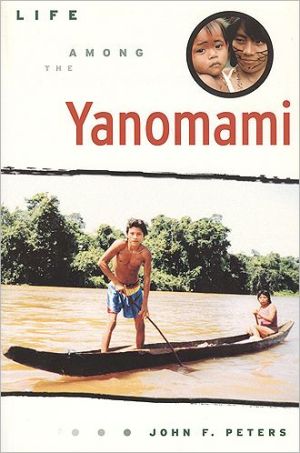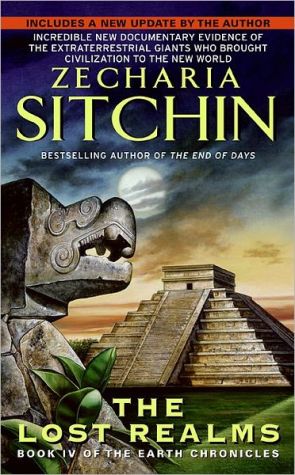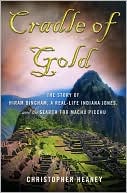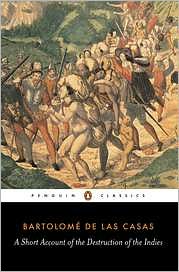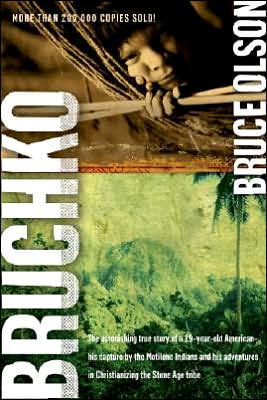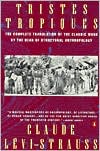Life among the Yanomami
Life Among the Yanomami builds on recent literature and the author's personal experience of the northern Brazil people, the Mucajai Yanomami, with whom he lived from 1958 to 1967 and whom he has since frequently visited. The result is a rich and well-rounded understanding of this famously isolated people. While considerable detail of traditional way of life is provided, particular attention is devoted to the realities of social change arising from initial exposure to missionaries (of whom the...
Search in google:
Life Among the Yanomami builds on recent literature and the author's personal experience of the northern Brazil people, the Mucajai Yanomami, with whom he lived from 1958 to 1967 and whom he has since frequently visited. The result is a rich and well-rounded understanding of this famously isolated people. While considerable detail of traditional way of life is provided, particular attention is devoted to the realities of social change arising from initial exposure to missionaries (of whom the author was one) to the more recent pressures from mining and the intervention of government and Non-Governmental Organizations (NGOs). Family and village life, health and health care, demography, politicization (that includes Yanomami criticism of Western Society), and on cultural survival are among the key issues explored by Peters—compelling issues for indigenous peoples the world over. " Library Journal Coauthor of The Population Dynamics of the Mucajai Yanomami (Academic, 1990), Peters (sociology and anthropology, Wilfrid Laurier Univ.) has written an excellent ethnographic study of the Xilixana community on the Mucajai River in northern Brazil. The Xilixana are a small community of people that practice Yanomami culture. They first made contact with the outside world in 1957, and from this point the author documents both the positive and negative effects of Western culture on their society. The author has a unique perspective on the contact period because he was a missionary at the time and lived among the Xilixana from 1958 to 1967. Peters's account is poignant, since it is inevitable that Yanomami culture will be lost as the Xilixana are assimilated into extinction. Highly recommended for specialized anthropology collections.--John R. Burch Jr., Cumberland Coll. Lib., Williamsburg, KY
Preface List of Maps and Figures Glossary of Terms 1. Yanomami, Xilixana, and the Anthropological Approach Commonalities and Contrasts The Clash of Cultures The Yanomami: Why Study Them? Cross-Cultural Research: The Academic Component The Author's Own Journey Recent Xilixana History: The Basics Part I The Xilixana Way of Life 2. Field Entry, Language-Learning and Cultural Surprises The Challenge of Language Contrasts in Culture: Startling Differences Data-Gathering: Pursuits of Peril and Pleasure The Researcher in the Field 3. Village Life and Social Culture: Basic Patterns Village Composition and Decision-Making Death, Burial, and Cremation The Yãimo Village Fissions, Population, and Distribution 4. Everyday Life: Food and Child Care, Hunting and Fishing Daily Village Life Hunting and Fishing The Products of the Land Agriculture The Tools of Life 5. Family and Social Organization Relationship Terminology and Acceptable Sexual Partners Marriage Feuds Conception and Birthing Bride Service and Bride Payment Marriage Fragility and Termination Gender Roles and the Status of Women 6. Socialization and Life Stages Stage I: Total Dependence Stage II: Early Childhood Stage III: Later Childhood Stage IV: Premarriage; and Puberty and Marriage Stage V: Male—First Family of Procreation; Female—Childbearing and Childrearing Stage VI: Male—Second Family ofProcreation; Female—Post-Childrearing Stage VII: Appendage Summary of Stages in the Life Cycle 7. Myths, Spirits and Magic Myths Spirits Alawalik Substances Taboos Part II Past and Present: The Xilixana Then and Now 8. The Precontact Period: A Time of Isolation Learning Xilixana History The Early History The Xilixana and Other Encounters Quest for Tools 9. Postcontact History: Enter the Missionaries Missionary Contact with the Xilixana Land Expedition to the Aica The Further History of the Mission Organization Missionary Relations 10. The Missionary Presence: Translation, Literacy and Social Effects Daily Life and Mission Tasks Maintaining the Mission Station Literacy Teaching The Impact of Christian Teaching The Missionary Presence: Mixed Results 11. "Warfare," Raids, and Revenge The Roots of "Warfare" Intervillage Killings The Motivations for Violence and Warfare Clashes with Miners The Cultural Norms of Violence Part III Social Change 12. Adaptation in a Precapitalist Society: Agents of Change The Brazilian Influence Other Yanomami Missionaries Missionaries and the Dynamics of Change 13. Health as an Agent of Change Xilixana Modes of Treating Illness Missionaries and Health Care Health Treatment Facilities and Organizations The Treatment of Diseases The Struggle for Yanomami Health Control: Remaining Questions 14. Broader Considerations in the Study of Social Change The Dynamics of Yanomami Social Change Change Agents, and Direct Effects Exchange and Reciprocity 15. Reflections on Social Change among the Yanomami Culture and Social Change Social Change: Problems, Bias, and Ethics A response to Change among the Yanomami The Clash of Values Revisited Conclusion Appendix: Language-Learning References Index
\ Library JournalCoauthor of The Population Dynamics of the Mucajai Yanomami (Academic, 1990), Peters (sociology and anthropology, Wilfrid Laurier Univ.) has written an excellent ethnographic study of the Xilixana community on the Mucajai River in northern Brazil. The Xilixana are a small community of people that practice Yanomami culture. They first made contact with the outside world in 1957, and from this point the author documents both the positive and negative effects of Western culture on their society. The author has a unique perspective on the contact period because he was a missionary at the time and lived among the Xilixana from 1958 to 1967. Peters's account is poignant, since it is inevitable that Yanomami culture will be lost as the Xilixana are assimilated into extinction. Highly recommended for specialized anthropology collections.--John R. Burch Jr., Cumberland Coll. Lib., Williamsburg, KY\ \
